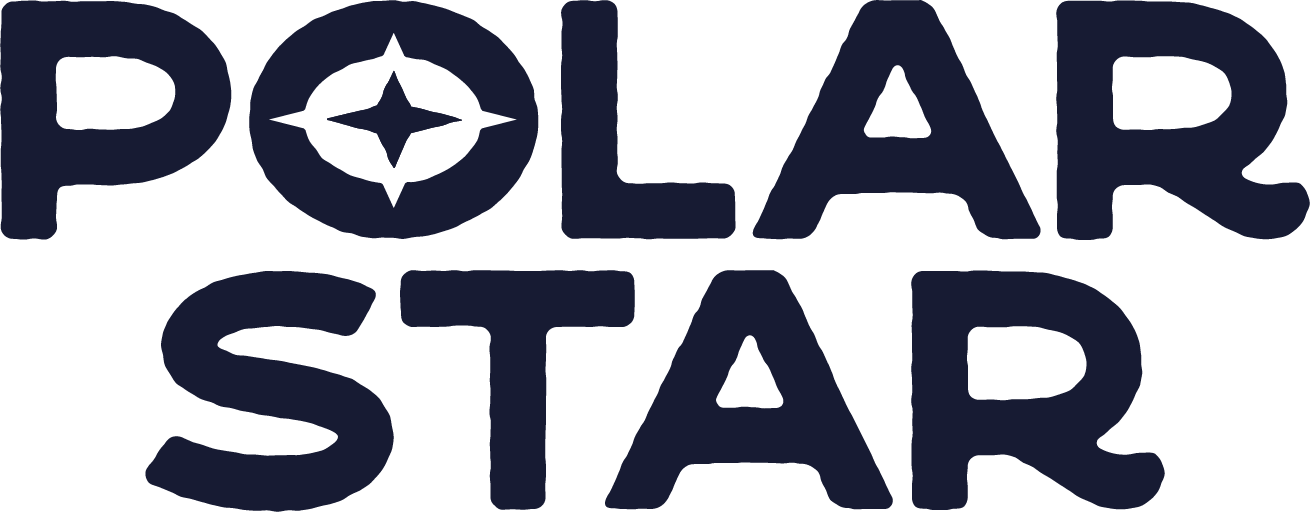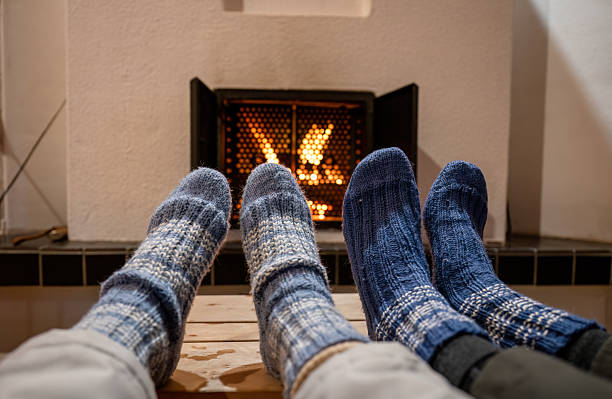In retail, profitability is not only about what you sell but also about how you buy. For retailers who specialize in apparel and winter accessories, margins often make or break seasonal performance. Among the most reliable products in this category, Nordic Socks stand out—not only for their craftsmanship but for their robust sock wholesale margin of 2.7x, a figure that can significantly improve store profitability.
This article explores how retailers can maximize profits with Nordic Socks, why the 2.7x margin matters, and how to source and manage wholesale cold weather gear effectively.
Understanding the Sock Wholesale Margin of 2.7x
The sock wholesale margin 2.7x represents the ratio between the retail selling price and the wholesale purchasing cost. For example, if a retailer buys a pair of socks for $10, the recommended retail price is $27. This multiplier accounts for operating costs, marketing, staffing, and still leaves space for profit.
For most retail categories, margins fluctuate between 1.8x and 2.5x. Achieving a 2.7x margin indicates that the product not only has strong demand but also low price resistance and consistent sell-through rates. Nordic Socks fit this profile perfectly, providing both high-quality construction and attractive profitability for store owners.
Retailers focusing on durable, cold-weather items often find that Nordic Socks deliver consistent results throughout winter and beyond. Their appeal is not limited to function; they carry an aesthetic and comfort value that customers perceive as premium.
Explore other complementary travel and lifestyle accessories that match Nordic Socks’ premium positioning here.
Why Retail Margins Matter in the Sock Category
Retail margins for socks often receive less attention than larger apparel categories, but the economics are uniquely stable. Unlike fashion-driven items that fluctuate in trend relevance, socks remain a consistent necessity. With Nordic Socks, that baseline demand is enhanced by seasonal desirability and visual appeal.
High-quality wool blends, Scandinavian patterns, and comfort-driven designs allow retailers to price these socks as mid- to high-tier winter accessories while maintaining healthy margins. The sock wholesale margin 2.7x ensures that retailers can sustain revenue growth without aggressive discounting.
Furthermore, retailers benefit from:
-
Low inventory risk: Socks are size-flexible and have long shelf lives.
-
Repeat purchases: Customers often return for multiple pairs or seasonal updates.
-
Giftability: Nordic Socks’ packaging and appearance make them ideal gift items, expanding their market reach.
When retailers choose the right B2B sock supplier, they position themselves for sustained profitability. The consistency of supply, quality assurance, and reasonable wholesale pricing directly affect long-term store margins.
To discover reliable sourcing options and B2B partnerships for winter accessories, visit Get Polar Star.
Profitability and the Winter Accessory Segment
Among profitable winter accessories, socks hold a special place. They are small-ticket items that can generate substantial turnover. When you achieve a sock wholesale margin of 2.7x, every sale contributes significantly to the bottom line.
Nordic Socks, in particular, excel because they straddle function and fashion. Customers purchase them for warmth, but they also serve as everyday wear and travel companions. Their durability means fewer returns, and their lightweight nature reduces shipping and handling costs.
Retailers who plan their winter inventory around key accessories such as socks, gloves, and scarves often find that socks deliver the highest turnover per square foot of display space. With strong visuals, tactile appeal, and accessible price points, Nordic Socks serve as high-margin products that move quickly.
Factors That Make Nordic Socks Profitable
-
Material Quality: Most Nordic Socks are crafted from natural fibers like wool or blended yarns, offering warmth without bulk.
-
Design Appeal: Their Scandinavian-inspired aesthetics attract a wide consumer base.
-
All-Season Utility: While ideal for winter, many customers use them throughout the year for travel, hiking, or lounging.
-
Consumer Perception: Customers view them as premium items worth the price, giving retailers pricing flexibility.
Combining these qualities with a solid 2.7x margin creates a formula for consistent profitability in both boutique and large-format stores.
Choosing the Right B2B Sock Supplier
A strong B2B sock supplier partnership is crucial to maintaining profitability. Retail buyers must evaluate suppliers not just by cost but by reliability, order flexibility, and quality control.
When choosing your supplier, consider these factors:
-
Lead times: Shorter lead times allow for better inventory responsiveness.
-
MOQ (Minimum Order Quantity): Suppliers offering flexible MOQs help smaller retailers manage budgets effectively.
-
Product consistency: Quality variations can reduce customer trust and impact margins.
-
Seasonal variety: A supplier that updates designs regularly keeps the collection fresh and relevant.
Working with established partners who understand B2B retail dynamics ensures stability during high-demand periods like winter. It also helps maintain consistent product quality, which reinforces customer loyalty and repeat business.
Nordic Socks, supplied through dependable wholesale networks, demonstrate how well-managed sourcing contributes to lasting profitability. Retailers can focus on customer experience and merchandising instead of worrying about stock inconsistencies.
For convenient bulk purchasing and streamlined checkout, explore available wholesale options through the Polar Star cart page.
Integrating Nordic Socks into Retail Strategy
To fully leverage the sock wholesale margin 2.7x, retailers must approach Nordic Socks not just as a product but as part of a broader retail strategy. Here’s how:
1. Visual Merchandising
Display socks prominently during the winter months. Group them by color theme or usage—casual, outdoor, travel—to encourage impulse buying.
2. Cross-Selling Opportunities
Pair Nordic Socks with complementary winter accessories such as gloves, scarves, and thermal wear. This enhances the overall transaction value.
3. Seasonal Campaigns
Build seasonal promotions around the theme of warmth and comfort. Highlight the material quality and aesthetic design to justify premium pricing.
4. Customer Education
Inform customers about the durability, comfort, and origins of Nordic Socks. Customers are often willing to pay more for authenticity and craftsmanship.
5. Online and In-Store Integration
Ensure that online product descriptions emphasize the same value propositions—comfort, longevity, and Scandinavian quality—that the in-store experience provides.
By blending effective merchandising with clear value communication, retailers can easily maintain the 2.7x margin without resistance from price-sensitive customers.
Long-Term Profitability: Beyond the Winter Season
While socks are traditionally a winter item, Nordic Socks transcend seasonality. Their thermal yet breathable design allows them to be marketed as all-weather accessories, especially in travel and lifestyle segments.
Retailers who plan year-round assortments can extend profitability by featuring Nordic Socks in:
-
Travel collections: Ideal for long flights and cold destinations.
-
Gift bundles: Combine with other small accessories for curated gift boxes.
-
Sustainability-focused sections: Emphasize eco-friendly materials or ethical sourcing if applicable.
Sustained visibility and consistent availability make Nordic Socks a reliable product line that can support annual revenue stability.
Key Takeaways for Retail Buyers
-
The sock wholesale margin 2.7x offers significant headroom for profitability.
-
Nordic Socks balance functionality and aesthetic value, enabling higher retail pricing.
-
Strategic B2B sourcing ensures consistency and reduces operational risk.
-
Visual merchandising, education, and cross-selling enhance turnover rates.
-
Long-term profitability comes from treating socks as both seasonal and lifestyle products.
Retailers aiming to maximize store profits should view Nordic Socks as more than inventory—they are steady revenue drivers with dependable margins.
FAQs
1. What does a sock wholesale margin of 2.7x mean for retailers?
It means that the retail price is 2.7 times the wholesale cost. This ratio allows retailers to cover operating expenses while maintaining strong profit margins.
2. Are Nordic Socks suitable for all store types?
Yes. They perform well in both boutique stores and large retailers due to their broad appeal and premium perception.
3. How do Nordic Socks compare to other winter accessories in profitability?
Socks often deliver better margins and faster sell-through because of lower price sensitivity and repeat purchases.
4. Can Nordic Socks be sold year-round?
Absolutely. While they are popular in winter, their comfort and design make them suitable for travel and leisure throughout the year.
5. What should retailers look for in a B2B sock supplier?
Consistency, fair pricing, low MOQs, and timely delivery are critical to maintaining profitability and smooth operations.

